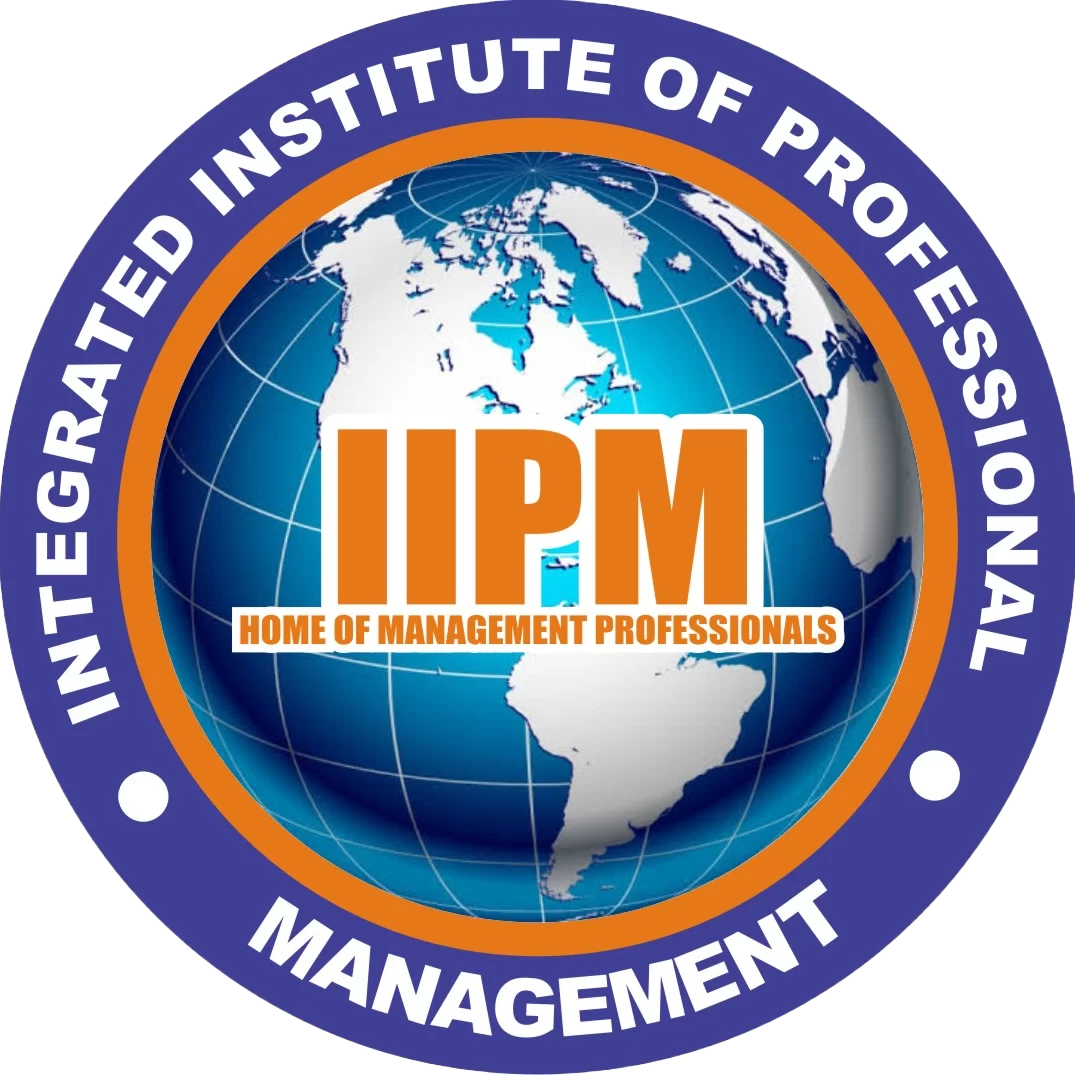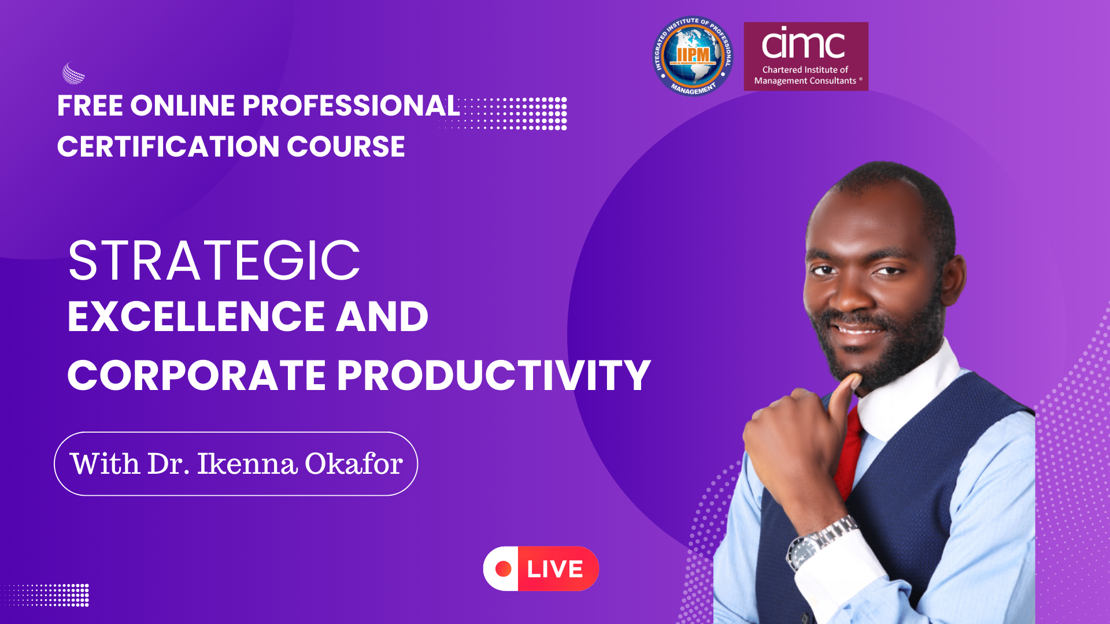At the beginning of this year, I gave a lecture on this topic as a faculty of the Integrated Institute of professional Management. Over the weekend, I got an invitation to speak on the same topic to a small group of people. Then the thought came to me that I should simply also write about it. This topic is very imperative as perception is as important as reality. This means, that what people see is as relevant as what the reality is all about. This explains why when most people take a picture of a certain meal before they begin eating like one of my respected bosses will always say. This is because they expect that the taste will be as nice as the looks.
Corporate image is the public perception of a company, shaped by its brand, values, and actions. It influences customer trust, employee morale, and overall business success. A positive corporate image fosters credibility, attracts talent, and builds lasting relationships. It is a critical asset that requires careful cultivation for sustained success in the competitive business landscape. Interestingly, corporate image is the manifestation of internal organizational culture. What you can also call Corporate Culture. Maintaining a positive Corporate Image is an intentional act carried out by companies. For instance, in the Human Resources perspective, the organization can be deliberate about maintaining gender balance in its recruitment process, ensuring that the public perceives their staff to be comfortable. For instance, most commercial banks do this. Still, on the Human Resources perspective, they can create a healthy work culture that will intentionally give the possibility of retaining employees.
As earlier stated, the Corporate Image comprises the visual identity, values, and communication style of an organization. But does Corporate Image lead to organizational development? The answers can be seen below. First, it brings about employee loyalty. This implies that with the huge chances that most of their employees would be retained, they would be saving the cost of recruitment and reducing the cost of training new employees. Rather, they can win the competition of leading in acquiring better and more qualified manpower than their competitors. This is because in business competition, you don’t compete over market shares alone, but over human resources and cheap material resources to maximize profit.
Corporate Image aims at shaping customers’ perception, this leads to customer loyalty. Customer loyalty implies continuous patronage and continuous patronage means more revenue is assured from the customers. In sop facto, more revenue will lead to profit and profit leads to growth and expansion of the business. On this note, it should be emphasized that most people buy things out of emotions not necessarily because they need it. They buy out of emotions and possibly love for the products or simply because they want to be associated with the name or use of the product. For instance, Apple products are a typical example of this. This is not unconnected to their Customer-Centric Approach and Consistent Branding to Innovation. We have Coca-Cola; they have built a strong emotional connection and community engagement as a result of its products.

The Dangote Group has built a reputation as a company known for diversification, corporate social responsibility, and a leading name in consumer products. How then can Corporate Image be built around tangible items? Some of the items are: Crafting a compelling mission statement, identifying core values, creating a unique selling proposition, designing a simple and memorable logo, choosing brand colors and fonts, ensuring consistency across all platforms, aligning employees with the company’s mission and values.
In all these, Corporate Image is not the same as branding. Corporate Branding is just an aspect of Corporate Image. Branding is about external symbols representing a product or service. It focuses on consumer perception of product or service attributes. Brand elements contribute to the overall corporate image. A strong corporate image enhances brand credibility.
KEYWORDS
#SmeDoctor #OgaHR #Customer #Clients #Data #Management #ArtificialIntelligence #Integration #SelfService #Collaboration #Accountability #Communication #Ammasco #ComoConsult #IkennaOkafor #Innivation #ProjectManagement #Agile #Mining #Manufacturing #Consultant #Management #IkennaMichaelOkafor #MD #CEO #Process #Policy #Procedure #Integration #Branding #CorporateImage
Edited by
Discover IIPM’s array of transformative programs! From Short-term Professional Certification Courses to the comprehensive Mini-MBA, Professional Graduate Diploma Programmes, and prestigious Executive MBA; our offerings are designed to build the strategic leaders that will shape the future. Our quality programmes and internationally-recognized certifications will enhance your skills, boost your career prospects, and prepare you for success in the global market. Invest in yourself and join us today!


He has a doctorate degree in Leadership and Organizational Strategy, a Master Degree in Business Administration and Executive Leadership in Management. He is a Fellow of a lot of professional bodies and is a Faculty member is many of them. He is also the Deputy Registrar of the Integrated Institute of Professional Management. He is A Senior Management Consultant with Deebee Consulting, and Board Advisory of a leading Oil and Gas company in Nigeria. His work experience cuts across the hospitality, health, FMCG, Mines and Steel, HR Consulting, and Manufacturing. He has worked with C-Suites and has rosed to a Group Human Resources Manager where he managed over 5,000 staff of the organization. He is also a certified BPO, a Trainer and he majors in organizational designed and Human Resource Management.


Great work Sir.
I am impressed with your work.